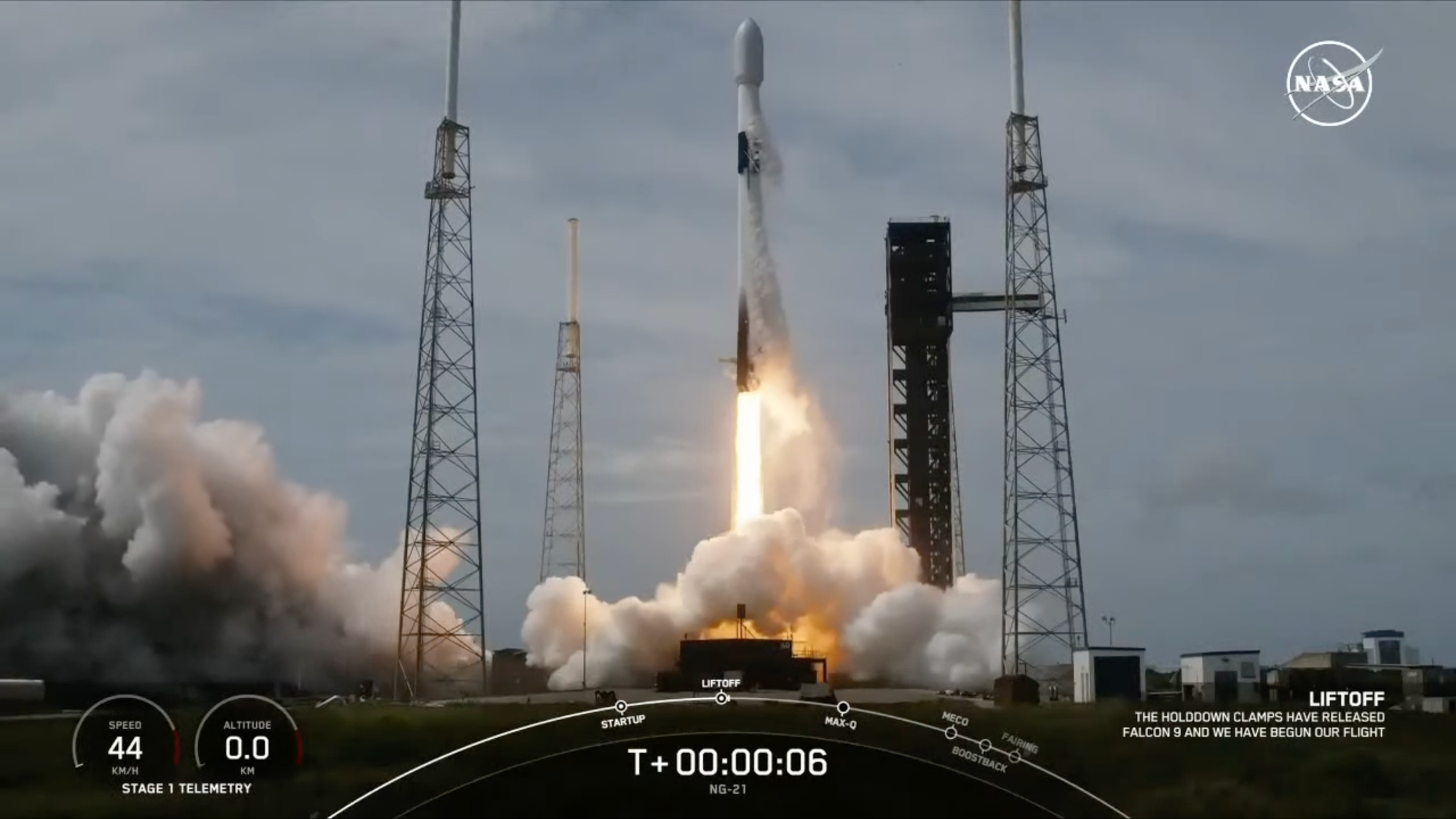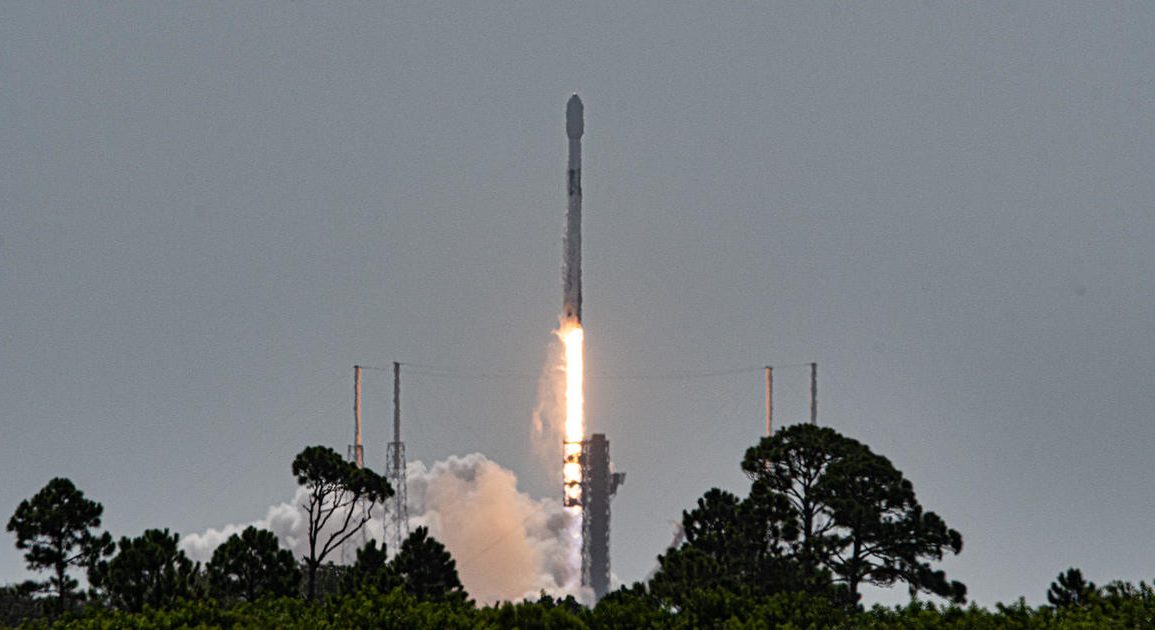A Falcon 9 rocket successfully launched a Northrop Grumman Cygnus cargo spacecraft to the International Space Station (ISS) on August 4th. The liftoff from Cape Canaveral occurred at 11:02 a.m. Eastern and proceeded as planned, with the Cygnus separating from the Falcon’s upper stage 15 minutes post-launch.
Despite the launch initially being delayed by a day due to poor weather and narrowly avoiding Tropical Storm Debby, which had drastically reduced the chances of acceptable launch conditions, the initial phase of the mission was deemed successful.
However, post-launch, there were several hours of silence from NASA and Northrop Grumman regarding the spacecraft’s status. Indications from communications between ISS astronauts and mission control suggested that Cygnus had not completed its initial orbital maneuvers necessary for its planned arrival at the ISS on August 6th.
A NASA statement later confirmed that the spacecraft failed to execute a critical targeted altitude burn (TB1) due to a late entry into burn sequencing and subsequent issues with engine pressure.

Despite these setbacks, NASA assured that Cygnus was at a safe altitude and that Northrop Grumman engineers were devising a new trajectory plan to ensure the spacecraft’s arrival for capture by the ISS’s robotic arm as scheduled on August 6th.
NASA also confirmed that Cygnus had successfully deployed its solar arrays about three hours after liftoff. This delay and adjustment were crucial but manageable within the mission’s overall timeline.
Cygnus is carrying a substantial payload of 3,857 kilograms, which includes vehicle hardware, scientific investigations, and crew supplies. Among the hardware are critical spares and new components such as a spare pump assembly for a urine processing system and a modification kit for future solar array installations on the ISS.
Scientific experiments onboard include studies on DNA in microscopic organisms and stem cell research for treating blood diseases. Educational experiments to demonstrate scientific principles are also part of the cargo.
The mission highlights the flexibility and adaptability of Cygnus, with plans to continue using different launch vehicles as needed. Currently, Northrop Grumman is collaborating with Firefly Aerospace to develop a new version of the Antares rocket, Antares 330, which will replace its previous Ukrainian-built first stage and Russian engines.
However, timelines for the readiness of this new launch vehicle remain uncertain, with the next Falcon 9 launch for Cygnus expected in the spring of 2025. Northrop Grumman remains committed to working with NASA to determine the best launch vehicle for future missions.

